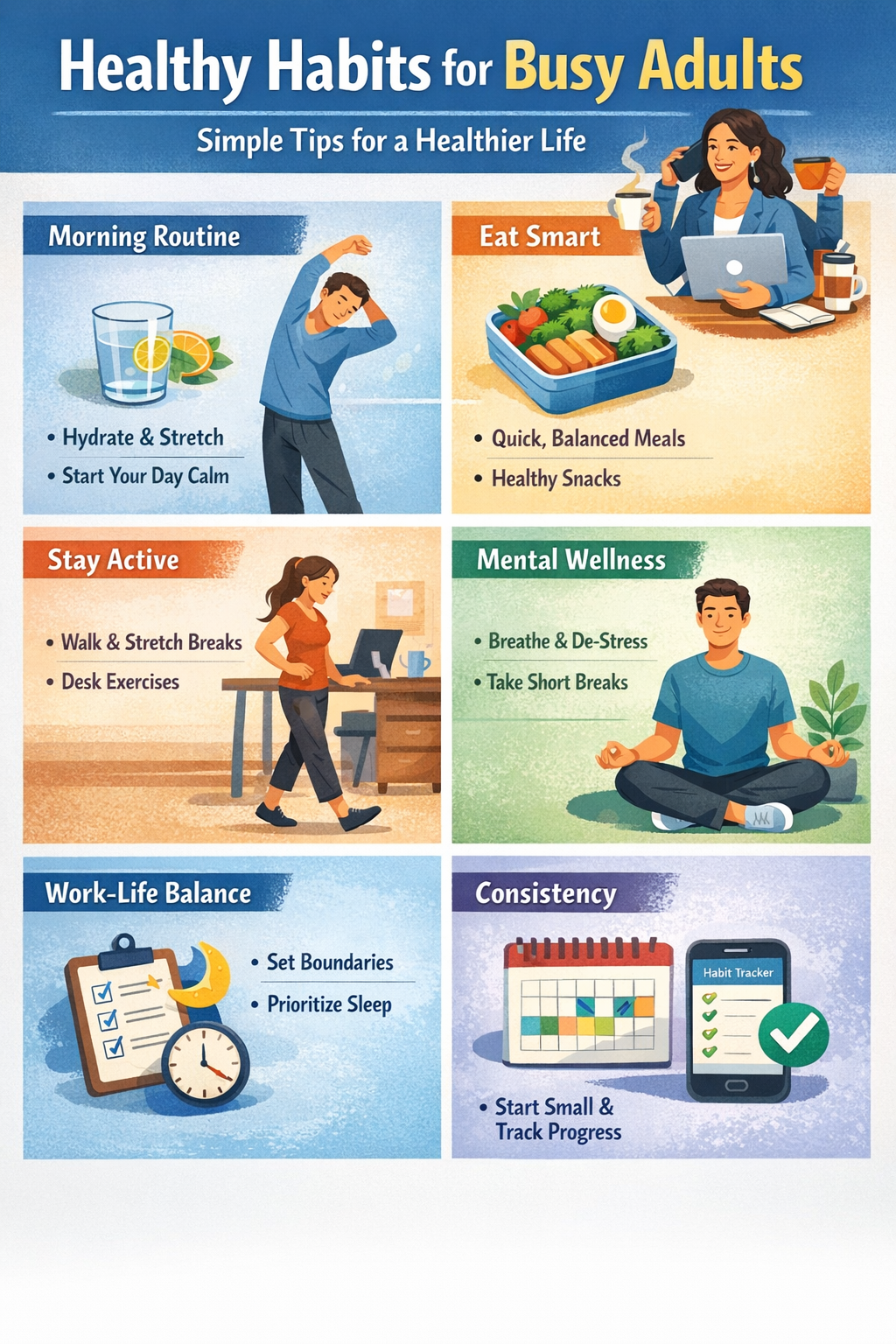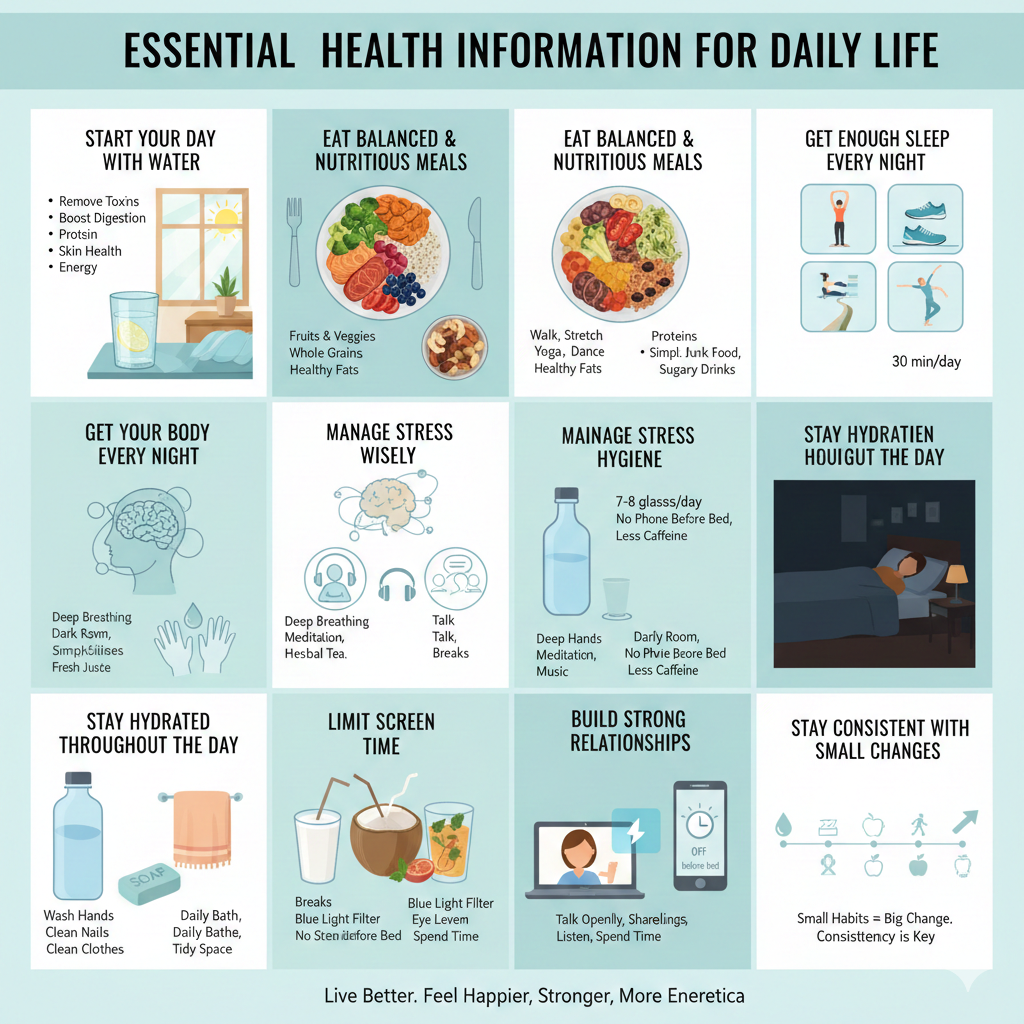When protecting your two-wheeler, choosing the right insurance is crucial. Not only does it provide financial coverage in case of an accident or damage, but it also ensures that you are legally compliant while on the road. The right insurance plan can offer peace of mind and protect you from unexpected financial burdens.
How to Can Select The Ideal Two-Wheeler Insurance Policy
Here’s how you can select the ideal online 2 wheeler insurance policy tailored to your lifestyle.
1. Understand the Types of Two-Wheeler Insurance
Before selecting an insurance plan, it’s essential to understand the different types of two-wheeler insurance available online. These include:
Third-Party Insurance
This is the minimum mandatory cover as per motor insurance laws. It provides protection against any legal liability arising from damage or injury caused to a third party, including their property or vehicle.
Comprehensive Insurance
A more inclusive option, this type of insurance combines third-party liability with own-damage cover. It protects your two-wheeler against accidents, theft, fire, and natural calamities such as floods, earthquakes, and more.
Standalone Own-Damage Insurance
This policy specifically covers damage to your own bike, which is not included in a third-party-only plan. It offers financial protection for losses arising due to:
- Natural disasters like earthquakes, floods, and lightning
- Accidents caused by external impact
- Theft, burglary, riots, or vandalism
When choosing a policy, consider your riding frequency, parking conditions, and the age of your bike. While third-party insurance ensures legal compliance, comprehensive or standalone own-damage coverage offers greater peace of mind and financial protection.
2. Assess Your Riding Habits
Your riding habits play a significant role in determining the correct type of insurance. If you use your bike for daily commuting, especially in a busy city, comprehensive coverage is ideal. However, if you only ride occasionally, a third-party policy may be enough.
-
Daily Commuters
Frequent riders who navigate through busy traffic may benefit from more extensive coverage, as the likelihood of accidents is higher.
-
Occasional Riders
For those who use their bike only for weekend rides or special occasions, a basic third-party policy might suffice.
3. Consider Add-Ons and Additional Features
Most insurers offer add-ons that can be incorporated into your policy to enhance coverage. Some common add-ons include:
-
Zero Depreciation Cover
This ensures that you receive the full claim amount without deductions for depreciation.
-
Personal Accident Cover
This provides coverage for injuries sustained by the rider during an accident.
-
Engine Protector
This add-on can protect your engine from water damage if you live in an area prone to flooding or waterlogging.
Evaluate these options based on your specific needs and lifestyle.
4. Check the Insurer’s Reputation
It is essential to choose an insurer with a good track record for customer service and claims settlement. Research the company’s reputation by reading reviews, asking for recommendations, and checking the insurer’s claim settlement ratio. A high claim settlement ratio is an indicator that the insurer handles claims efficiently. Many customers trust insurers like Bajaj Allianz General Insurance Company for their comprehensive coverage options and reliable customer support.
5. Evaluate the Premium Cost and Coverage
Premium cost is an essential factor, but it should not be the only consideration. While it may be tempting to opt for the most affordable policy, it’s essential to balance the premium with the coverage offered. Low-cost premiums may come with high deductibles or limited coverage, leaving you financially vulnerable in the event of an accident.
Ensure that the premium you pay is reasonable for the type of coverage you’re receiving. Always compare policies from different insurers to find the best deal.
6. Review the Policy’s Terms and Conditions
Before purchasing any insurance, carefully read the policy’s terms and conditions. Pay attention to exclusions, such as coverage for damages caused by natural disasters or accidents caused while riding under the influence of alcohol. Understanding these terms will prevent any surprises when you need to file a claim.
7. Renew Bike Insurance on Time
Once you’ve selected the right policy, ensure that you renew bike insurance before it expires. Most insurers offer easy online renewals, allowing you to continue your coverage without interruptions. Missing your renewal date can leave you uninsured and vulnerable to unforeseen circumstances.
Keep track of your renewal dates and compare renewal premiums for better deals. It’s always worth evaluating your policy annually to ensure it still meets your needs.
Conclusion
Choosing the right two-wheeler insurance is about more than just finding the most affordable option. It’s about ensuring that the policy you choose fits your lifestyle, provides adequate coverage, and protects you from financial hardship. By assessing your riding habits, evaluating your insurer’s reputation, and considering the policy’s features, you can find a plan that provides the best protection for you and your two-wheeler.







